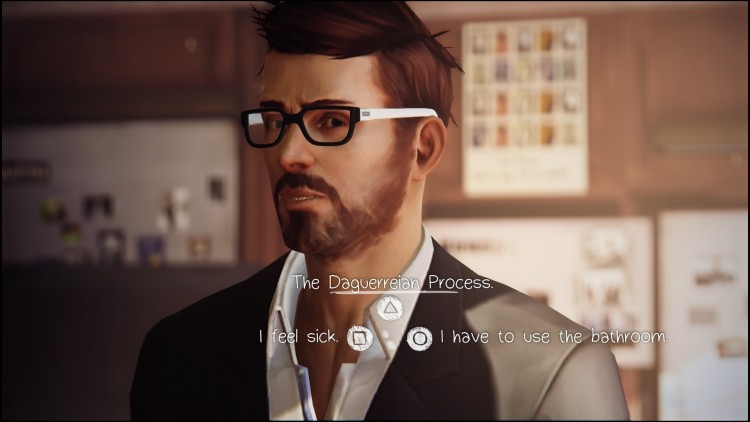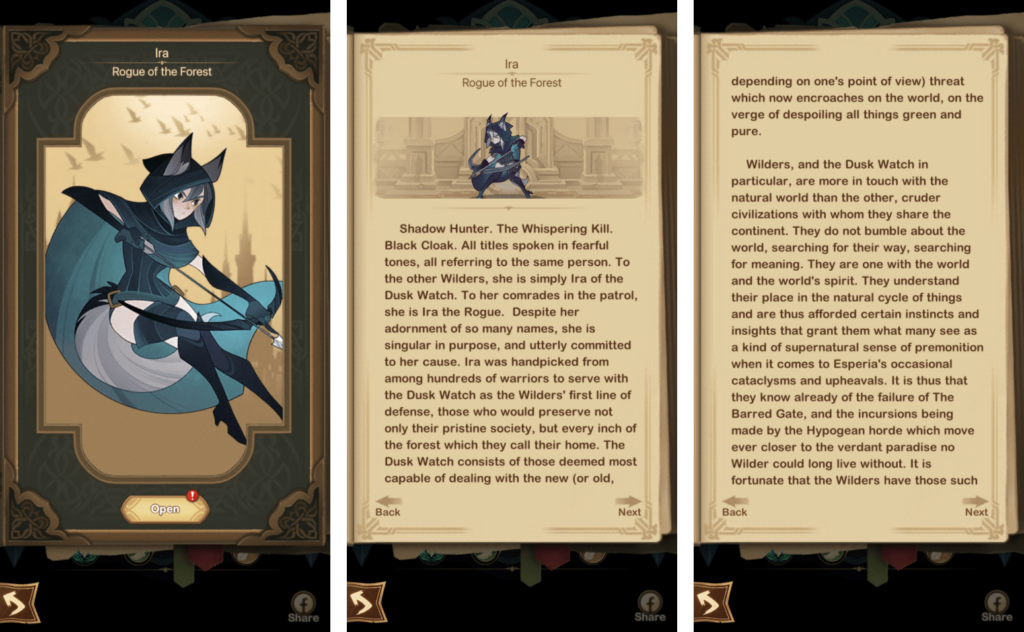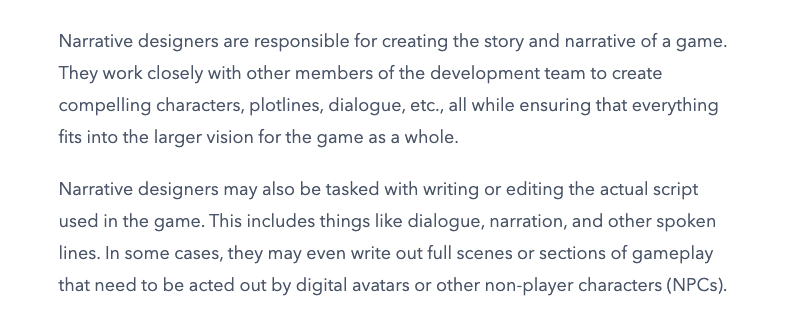
In our last article, we covered the three major C’s of storytelling: character, conflict, and change. Using these rules will set the foundation of your game’s narrative. But that doesn’t mean your work is done.
There’s so much more to building a strong narrative. And in part two of our storytelling series, we cover six narrative techniques you can use in your titles to help boost your storytelling and character development.
Let’s get to it.
1. Consider a shared story
You might not want to go into a huge amount of detail for every game you create (especially if you’re working with hyper-casual or casual titles – which have notoriously short lifespans). While it would make each game unique, it can take a lot of time.
Instead, think about whether you can create a single story that all your games tie into. This can help keep players in your ecosystem, jumping from game to game to get the full story.
Angry Birds is an obvious example of this. Rovio has released a countless number of games, shows, and even a couple of films in the Angry Birds universe. All use the same characters in each game.
2. Keep your story straight with a lore bible
Make a shared document with your whole team and write down everything that you’ve decided about your story. The key here is to make sure that every time you make a decision about your game in the future, you check back with your lore bible. Does your newest idea fit with your story? Does it match other decisions you’ve made?
For example, if you decide to add a new colourful level, do the colours match the theme of your game or character? Does it fit into the overall narrative? Does it contradict anything you’ve previously established?
3. If you have branching paths, keep them limited
It’s fun to allow for multiple branching paths. Players will enjoy being able to choose between one option or another – and might even replay your game to experience each route.
But the more choices you add, the more complexity you add. Each time you offer a player a choice, you add a layer. Your first layer might have three paths, the second layer will then have nine. By the time you get to the fifth layer, you’ll need to write 243 different paths. Either limit the players’ decisions or have rules in place to loop them back into the main path that they’re on.
Keep this in mind if you decide to offer your players branching options. In general, it’s not necessary to make your story satisfying – and in more casual games you probably want to steer clear of this.

Image source: Life is Strange game
Here’s a handy article on the illusion of choice in games. They use Life is Strange as an example (spoilers inside), but offer up some pretty useful advice.
4. Show the story with hints
You can subtly tell your story through your item descriptions, in-game audio or snippets of dialogue with your supporting characters. For example, maybe you have a mascot who helps the players learn the controls. This character might drop little hints or lines about the greater foe that the player is tackling.
You don’t need to tell the whole story. You just need to know what it is. In-game, the player’s avatar might just say: “Hurry, the water is coming!” You don’t need to explain that the world is flooding and your character is looking for high ground. You characters’ backstory is much more impactful when subtly sprinkled in. No one wants to be forced to read paragraphs of exposition (but giving the option could appeal to the true fans).

Image source: AFK Arena and Dislyte
Multiple dropped hints can be much more effective than a single cut-scene. Lilith Games does this really well. In their games AFK Arena and Dislyte, you’re always guided by a character, showing you what you need to do through subtle hints.
5. Add unlockable lore
If you’ve built a world around your story, you might want a way to reward players with more information about that world. Rather than interrupting their gameplay, you can give them a currency that can buy snippets of lore as they progress through the game (or just unlock them directly). This might be simple descriptions or even a short story or comic strip.

Image source: AFK Arena
AFK Arena is another prime example. With each hero that the player unlocks, there’s a story you can read about them. Reading this story rewards the player with diamonds, which they can spend on getting more heroes.
6. Make someone responsible for narrative design
Give someone in your team the responsibility to make sure everyone is keeping to the story. It’s easy to come up with new mechanics or character designs that don’t fit with your original narrative.
Your narrative designer should make sure that you’re staying consistent. It’s not their job to say no – but to figure out how a new idea could work. How could that new item fit into the game naturally? Does it need changing? Does the name match similar items?
Those ideas should constantly be adding and changing your story as you go along. And that’s fine. You won’t have all the answers on day one. But you should be building on what’s coming before, not retconning things you’ve already established.

Image source: Climbtheladder.com
Climbtheladder.com has a nice overview of what your narrative designer should do. They describe all of the responsibilities and tasks this role should tackle.
Test your ideas before rolling them out
If you want to test different visual elements, designs, or even your characters dialogue, then you can always run A/B tests. Head over to our GameOps tools to see how you can experiment and test your ideas.